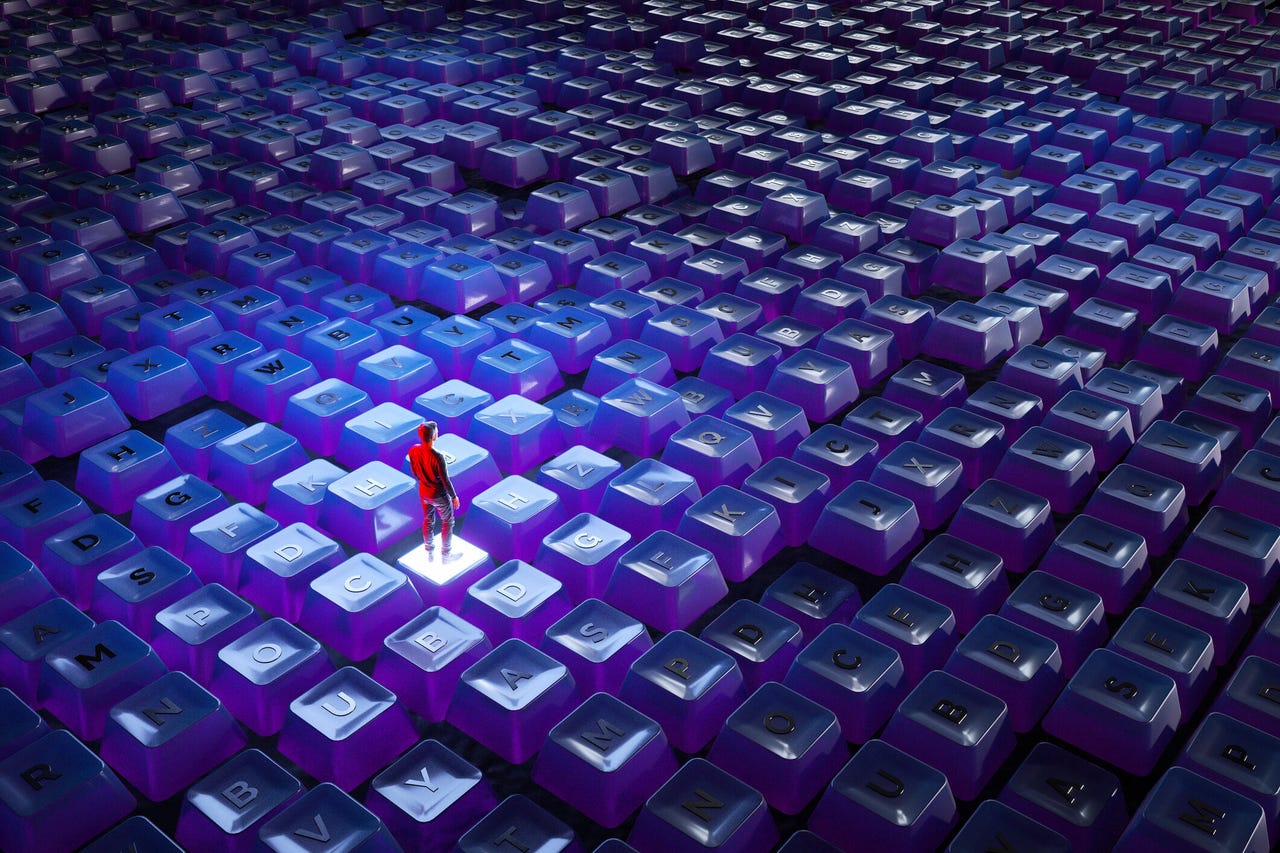The Never-Ending Workday
In today’s remote and hybrid work environment, the lines between work and personal life are increasingly blurred. Microsoft’s recent special report, ‘Breaking down the infinite workday,’ sheds light on this phenomenon, revealing how professionals are struggling with an always-on work culture.
The Reality of Modern Worklife
The average worker now receives 154 Teams messages daily, a 6% increase from the previous year. In regions like Central and Eastern Europe, the Middle East, and Africa, this number surges by 20%. The workday often begins at 6 a.m. with email checks, and by 8 a.m., Teams becomes the primary communication method. Meetings peak between 9-11 a.m. and 1-3 p.m., coinciding with peak productivity hours.

The Impact of Constant Connectivity
The constant influx of messages and meetings fragments worktime, with workers being interrupted every two minutes on average. The workday extends beyond traditional hours, with meetings after 8 p.m. increasing by 16% over the past year. Even on weekends, 20% of employees check their email before noon.
Microsoft’s Proposed Solution: AI Assistance
To combat this ‘infinite workday,’ Microsoft suggests leveraging AI to handle low-value tasks, allowing employees to focus on more critical work. This involves:
- Adopting the Pareto Principle (80/20 rule) to prioritize tasks that yield the most significant results.
- Using AI agents for routine tasks, status meetings, and administrative work.
- Redesigning team structures around ‘work charts’ focused on specific goals rather than traditional org charts.
An example of this approach is Supergood, an AI-first agency that uses AI to integrate data across various services, from consumer research to creative ideas. Mike Barrett, co-founder of Supergood, likens AI to ‘a power tool for creative people,’ emphasizing its potential to augment human capabilities rather than replace them.
Working Smarter with AI
The concept of ‘agent bosses’ is emerging, where professionals use AI agents to streamline their work. For instance, Alex Farach, a Microsoft researcher, uses three AI agents to assist with daily research, statistical analysis, and drafting briefs. This approach enables him to work more efficiently, focusing on high-value tasks.
While there’s a challenge in learning to use AI effectively, Microsoft sees it as a potential solution to the ‘infinite workday,’ provided it’s implemented thoughtfully. As the company notes, ‘AI offers a way out of the mire, especially if paired with a reimagined rhythm of work. Otherwise, we risk using AI to accelerate a broken system.’


